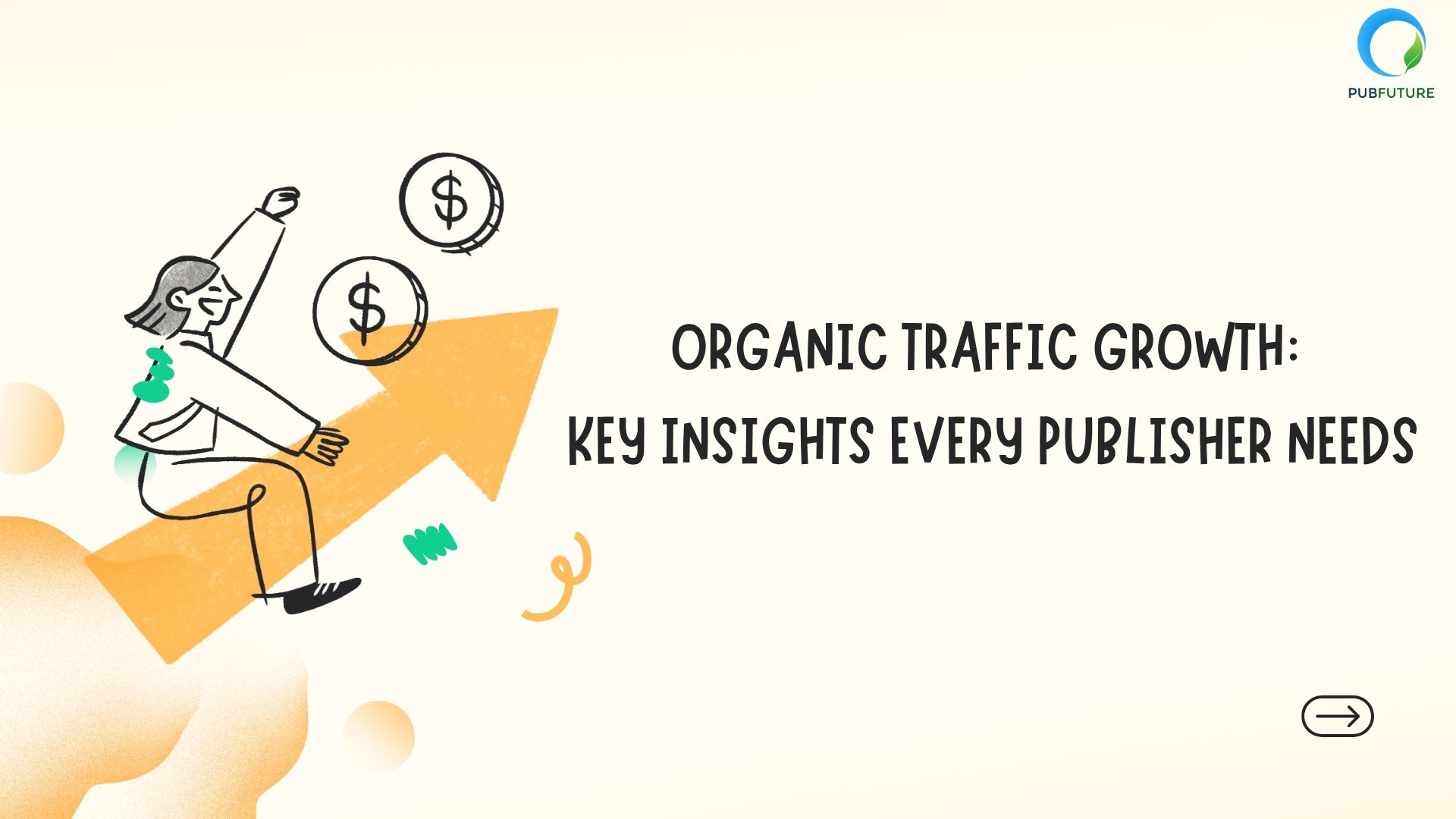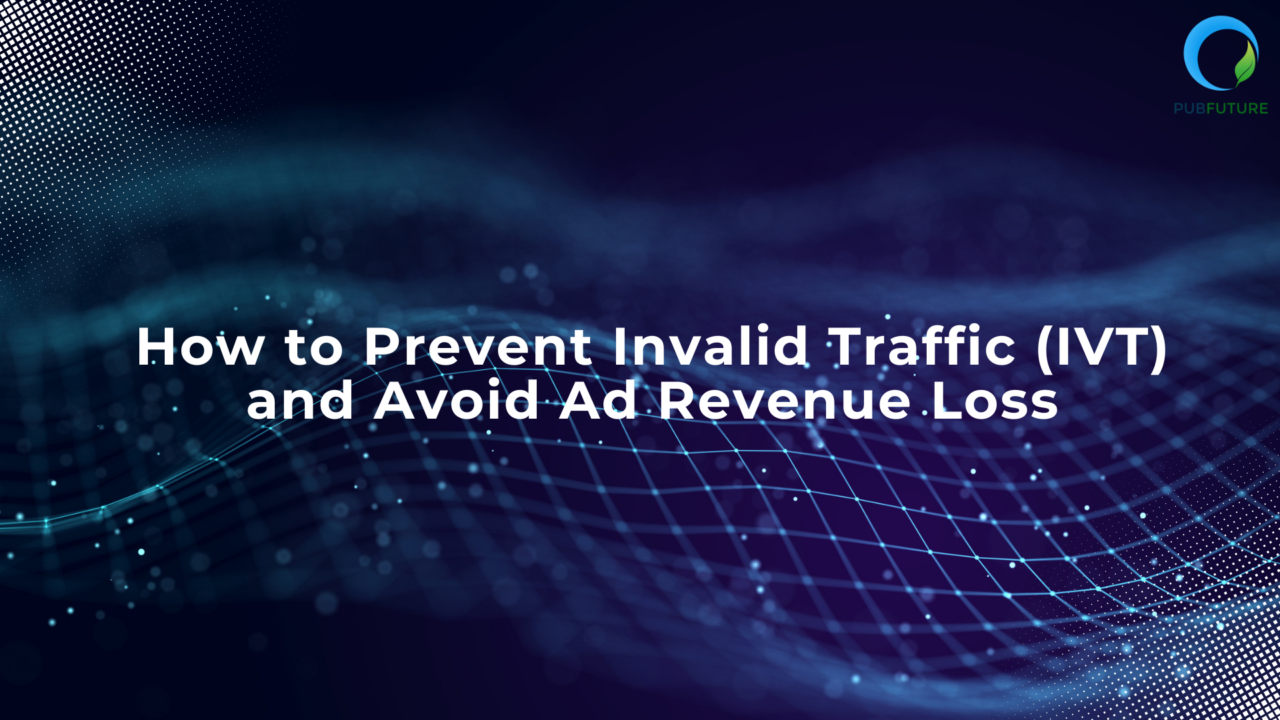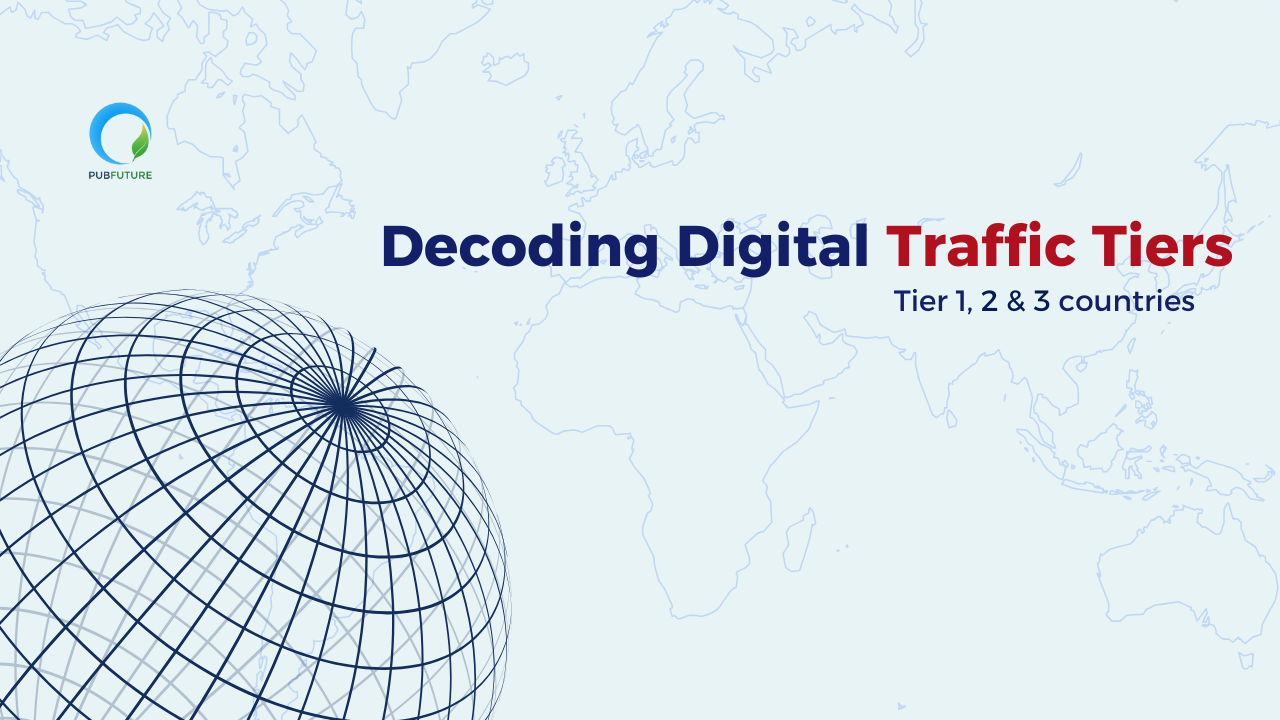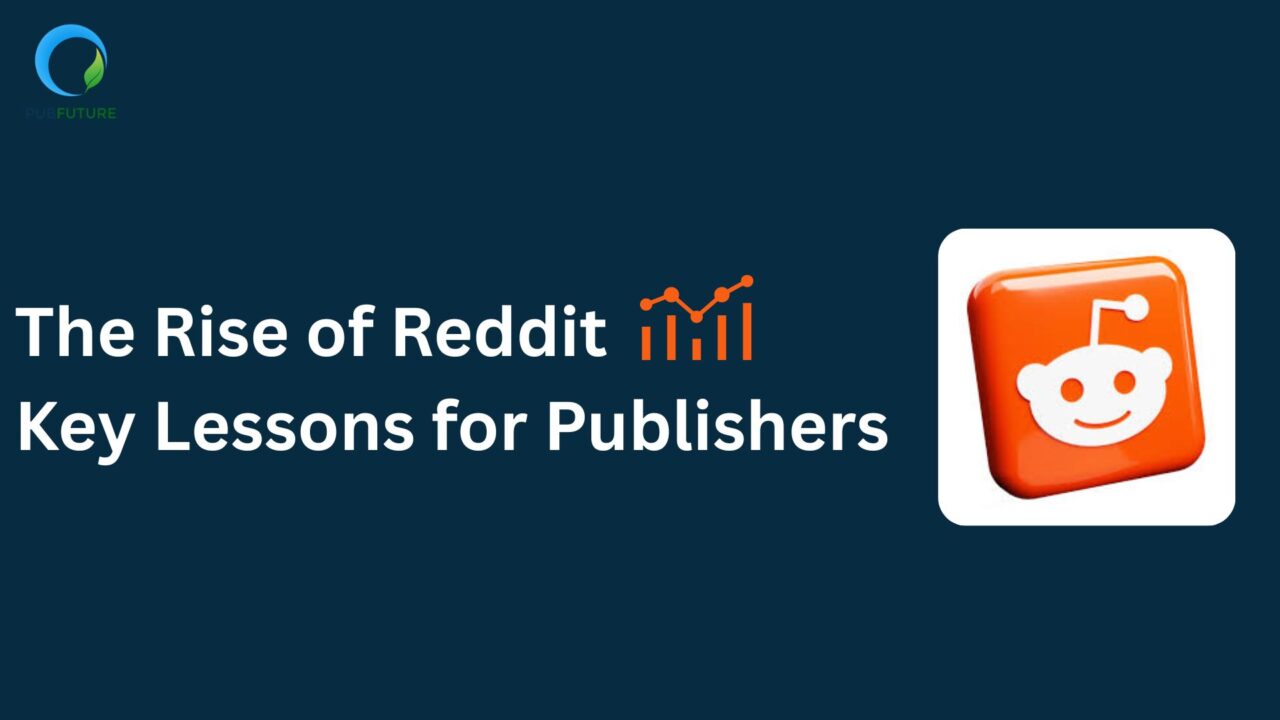In the ever-evolving world of digital publishing, organic traffic remains the lifeblood of success. While paid advertising offers quick wins, organic growth ensures long-term visibility, credibility, and profitability. For publishers navigating today’s competitive online landscape, understanding how to build and sustain organic traffic is crucial.
This guide explores the key insights, strategies, and best practices every publisher should know to maximize their reach and strengthen their digital presence.
Why Organic Traffic Matters More Than Ever

According to research by Conductor, 64% of website visitors come from organic search. Organic search is responsible for a far greater percentage of website traffic than originally thought.
Organic visitors are your most valuable audience — they come with intent and stay for substance. Unlike paid users, organic readers discover your site because your content matches their needs.
Here’s why it matters for publishers:
- Long-term ROI: SEO and content optimization may take time, but the results last.
- Higher trust factor: Users tend to trust organic results more than ads.
- Better monetization opportunities: A loyal, organic audience engages more with ads and premium content.
In short, organic growth fuels both credibility and revenue — two things publishers can’t afford to ignore.
According to research by Conductor, 64% of website visitors come from organic search. Organic Search is Responsible for a far Greater Percentage of Website Traffic than Originally Thought
Understanding the Foundations of Organic Traffic
Before diving into tactics, let’s clarify what drives organic visibility.
What is organic traffic?
Organic traffic refers to users who find your site through unpaid search results or referrals. It’s influenced by your SEO strategy, content quality, backlinks, and site experience.
Key sources of organic traffic
- Search engines like Google and Bing
- Social platforms such as X (Twitter), LinkedIn, and Pinterest
- Referral links from other trusted websites
- Direct visits from loyal readers who already recognize your brand
Metrics that matter
To track organic growth effectively, monitor:
- Impressions and CTR (Click-Through Rate)
- Bounce rate and session duration
- Pages per session
- Top landing pages and exit points
These insights reveal which topics attract the most attention and where users drop off.
SEO Fundamentals Every Publisher Should Master
To grow organic traffic sustainably, a publisher’s SEO strategy must rest on three pillars: keyword optimization, technical SEO, and content relevance.
Keyword research and intent mapping
Keyword strategy is more than finding high-volume phrases — it’s about understanding user intent. Use tools like Ahrefs, SEMrush, or Google Keyword Planner to identify terms your audience actually searches for.
- Target a mix of short-tail (broad) and long-tail (specific) keywords.
- Align each keyword with a clear content goal — informational, transactional, or navigational.
On-page SEO best practices
Ensure each page is properly structured for both readers and search engines:
- Include your target keyword in the title tag, H1, and first paragraph.
- Use meta descriptions to boost CTR.
- Maintain a logical header hierarchy (H2, H3) for readability.
- Use internal links to related content to keep users on-site longer.
Site performance and mobile optimization
Google’s Core Web Vitals now heavily influence rankings. Publishers should:
- Compress images and enable browser caching.
- Ensure fast load times across mobile devices.
- Use responsive design for optimal viewing.
Creating High-Quality Content That Ranks and Retains
Content remains the cornerstone of organic growth. But with millions of posts published daily, quality and relevance are what set successful publishers apart.
Focus on user intent
Every article should solve a problem, answer a question, or fulfill a need. Content that aligns with user intent keeps readers engaged and signals relevance to search engines.
Diversify your formats
Experiment with content types to capture different audiences:
- Long-form guides for in-depth authority
- Data-driven reports for credibility
- Listicles and how-tos for shareability
- Visual content (infographics, videos) for engagement
Keep your content fresh
Regularly update older posts with new data, links, and keywords. This not only boosts visibility but also signals ongoing relevance to Google.
Building Backlinks and Authority the Right Way
Backlinks remain one of the strongest ranking signals. But not all links are equal.
Earn links through value
High-quality content naturally attracts backlinks. Publishers can also:
- Guest post on industry-relevant sites
- Collaborate with influencers or experts
- Leverage PR opportunities to feature their brand in articles
Avoid black-hat tactics
Buying links or joining link schemes may deliver a short-term boost — but can trigger penalties. Focus on organic link building through partnerships and thought leadership.
Optimizing User Experience (UX) to Boost Engagement
Search engines now prioritize user satisfaction signals. If visitors stay longer, scroll deeper, and interact more, your rankings will benefit.
Streamline navigation
A clean, intuitive site structure helps both users and search crawlers. Group content by topic clusters and add related article suggestions to keep users exploring.
Optimize for mobile and voice search
With over 60% of searches happening on mobile, a mobile-first design is mandatory. Additionally, optimize for conversational queries to capture voice search traffic.
Future Trends in Organic Traffic Growth
The SEO landscape is rapidly evolving — and publishers who adapt early will win.
AI-powered optimization
AI tools like SurferSEO and MarketMuse can help analyze ranking factors and suggest content improvements in real time.
Search Generative Experience (SGE)
Google’s new AI-driven search results emphasize relevance and authority. Structuring your content with clear sections, FAQs, and schema can increase visibility.
Niche authority and personalization
Publishers should narrow focus into specialized niches. Targeted, high-value content consistently outperforms broad, generic coverage.
Conclusion: Turn Insights into Action
Growing organic traffic is not about chasing algorithms — it’s about delivering consistent value to your audience. Publishers who focus on content quality, technical excellence, and user experience build authority that lasts.
👉 Ready to take your organic growth strategy to the next level?
Start by auditing your top-performing pages, optimizing for intent-driven keywords, and refreshing outdated content.









